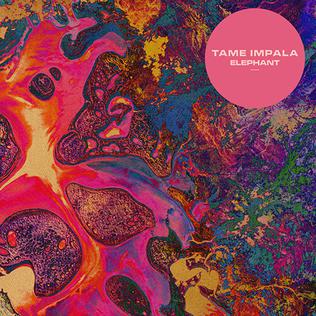Pär Lindh is no doubt one of the most gifted keyboardists of the contemporary progressive rock scene and an excellent composer too, that's why his Project has so many admirers worldwide. "The Cathedral" is an epic coming from the band's debut album. Yes, I consider "Gothic Impressions" as a band's brainchild, even if Pär Lindh's influence is everywhere. Actually, the skilled musicians he gathered for such a project deserve it: you'll find Ralf Glasz's unique voice, for example, and also Björn Johansson's classical guitar, let alone Anna Holmgren's flute.
"Gothic Impressions" also feature a cameo by Roine Stolt.
The magic of "The Cathedral" mainly resides, OMHO, in its going in and out of its classical, medieval mood. Chuurch organ's solos and bombastic symphonic rock sections follow one another lining up a series of stunning changes. Please don't forget the rythm section, providing blazing lava to the explosive big picture. Last but not least, some of the themes and riffs are so well found that they got indelebly carved into the the listener's mind. Listen to this track, my friends, and let me know...
